Text João Pedro de Carvalho | Translation Jani Dunne
The estate Herdade da Malhadinha Nova is the perfect example of a dream come true. In this case, the dream was that of the Soares’s: João, Paulo, Rita and Margarete Soares. This 494-acre estate was bought in 1998 and rescued from the complete ruin it was found in, in Albernoa (Beja); it is now a model of success in and outside of the country. Everything they make there they make with passion and a lot of dedication; their good taste and the production of high-quality goods have always been part of the signature of this project, which saw its first 49 acres of vines planted in 2001 – today, they count about 86. Furthermore, with time, the olive grove was added, its olive oil was produced, and local species of animals have additionally been raised there and are under controlled designation of origin (DOP – Portuguese acronym), namely the Porco de Raça Alentejana, better known as the Iberian Black Pig.
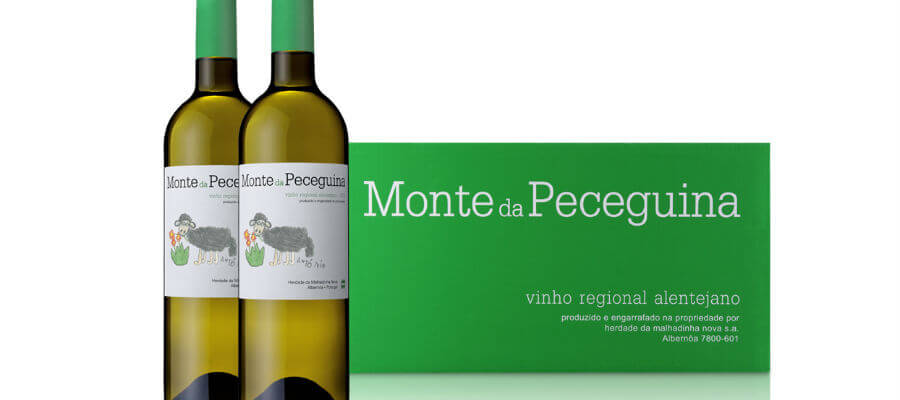
Monte da Peceguina Branco 2014 – Photo Provided by Herdade da Malhadinha Nova | All Rights Reserved
If beautiful wines are something we can count on from the wine sector, then the wine-tourism project would naturally have quickly become an attraction thanks to the excellent supply at every level, and given the multiple activities that visitors can freely enjoy. They chose the lovely Malhadinha cow for their branding, which was hand-drawn by the daughter Matilde. This drawing, among others, was created by the new generation in the Soares family, who, with every harvest, follow the wines and new projects that come to life as the family grows. A good example is wines such as Menino António, Pequeno João, Marias da Malhadinha, or coming very soon, Mateus Maria. Imbued in this family environment, we are embraced by a smile that has always been a part of Malhadinha people since 2003.
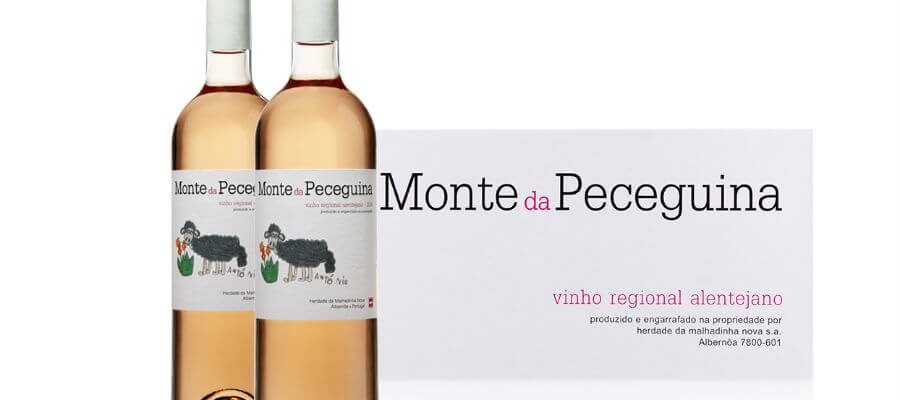
Monte da Peceguina Rosé 2014 – Photo Provided by Herdade da Malhadinha Nova | All Rights Reserved
My first contact with this producer was through a Monte da Peceguina rosé 2003. Right then and there, I could tell it was a different rosé, which made an impact and conquered palates and consumers. The plump and greedy fruit, wrapped in light freshness with a slightly sweet edge, delighted many. The brand was thus set for success. In the following harvest, the top-of-the-range were picked, of which the cute little Malhadinha cow would make its début. Since then and until now, their wines have perfected their profile. The tasting I made of a few new launches revealed wines that were able to find the right path and are now a model of consistency, harvest after harvest.
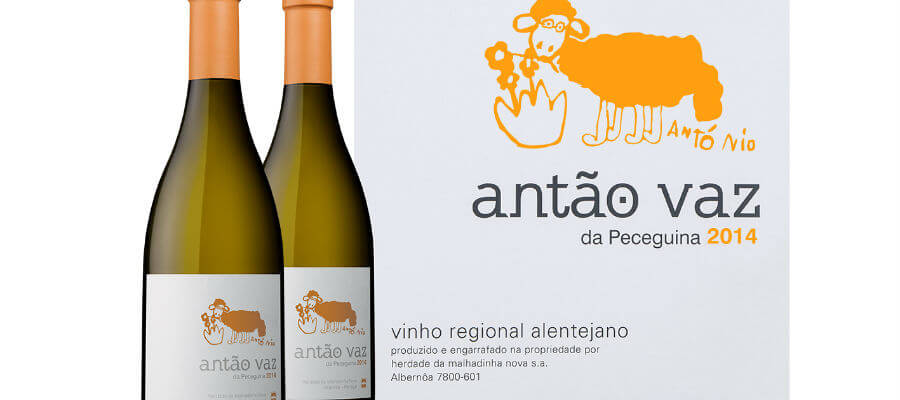
Antão Vaz da Peceguina 2014 – Photo Provided by Herdade da Malhadinha Nova | All Rights Reserved
I decided to choose only six wines; I chose those whose tasting pleased me the most, and whose aromas and flavours smiled at me the most: two low-end, two mid-end, and two high-end wines. We tasted the white and rosé entry-level Monte da Peceguina, both of the 2014 harvest. The white had refreshing and well-defined aromas; it’s made of Antão Vaz, Verdelho, Roupeiro and Arinto varieties; it’s cohesive and has floral notes, a lot of fruits with big pits (peach and apricot), and very ripe citrus fruits. On the mouth, it showed good presence and a refreshing and tasty flow as well as present fruit in a slightly dry finish. The Monte da Peceguina Rosé 2014 tasted completely different from when I tried the first edition; the only similarity was the very fresh and juicy fruit, raspberries and strawberries. Otherwise, everything tastes harmonious and elegant, with a good flow through the mouth, without flaws, and a spicy finish.
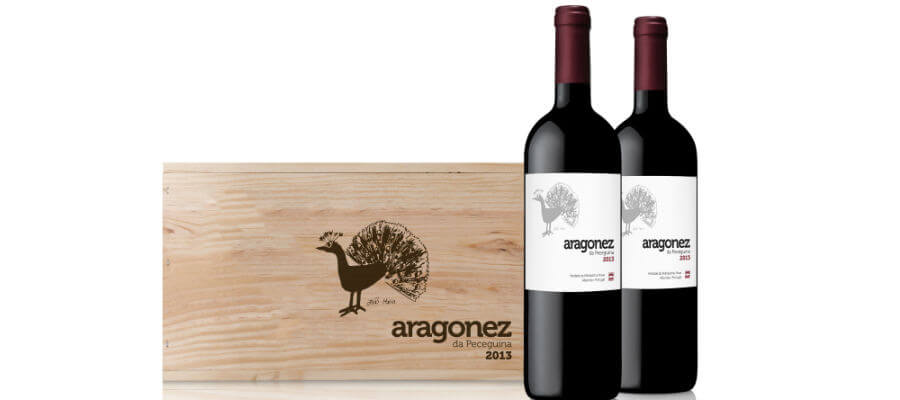
Aragonez da Peceguina 2013 – Photo Provided by Herdade da Malhadinha Nova | All Rights Reserved
Taking one step forward, we meet the range of varietals that we are presented with according to the year. Between whites and reds, I chose one white and one red that reflect very efficiently a much higher level of quality to the earlier range; these are the Peceguina varietals, and the best was Antão Vaz 2014. A white with good exuberance loaded with very fresh ripe fruit. Suffice it to say that every wine proved very refreshing and with very well outlined fruit; in this case, the more tropical tones match the citrus aromas (tangerine). It fills the palate with flavour, shows a full-body, and suggests a meal of oven-roasted fish, with the fruit highlighted in the finish; the latter has a slightly mineral and dry aftertaste.
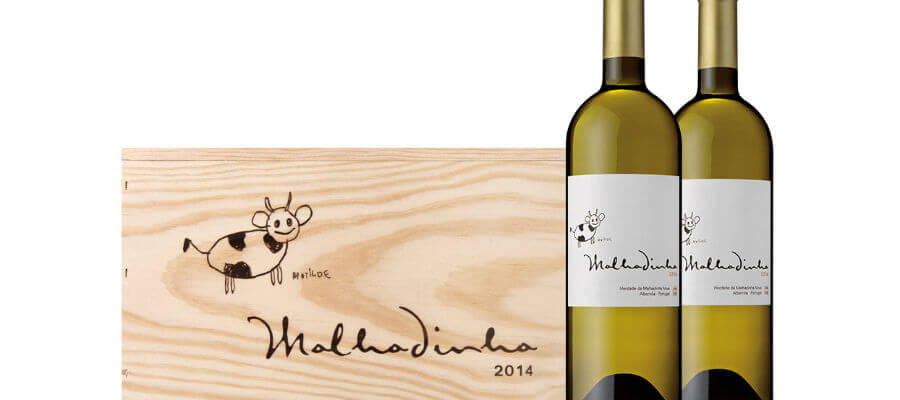
Malhadinha branco 2014 – Photo Provided by Herdade da Malhadinha Nova | All Rights Reserved
I was charmed by this irresistible Aragonês da Peceguina 2013, a beautiful example of that variety, with the scent of ripe red fruits (raspberries, red currant), of a clean and fresh presence, combining elegance with robustness. The 12 months it aged in casks were barely noticeable, despite enhancing the wine’s complexity with notes of milk chocolate and some spices. In all, this wine has a lot of energy that already creates a pleasant mood at the dinner table.
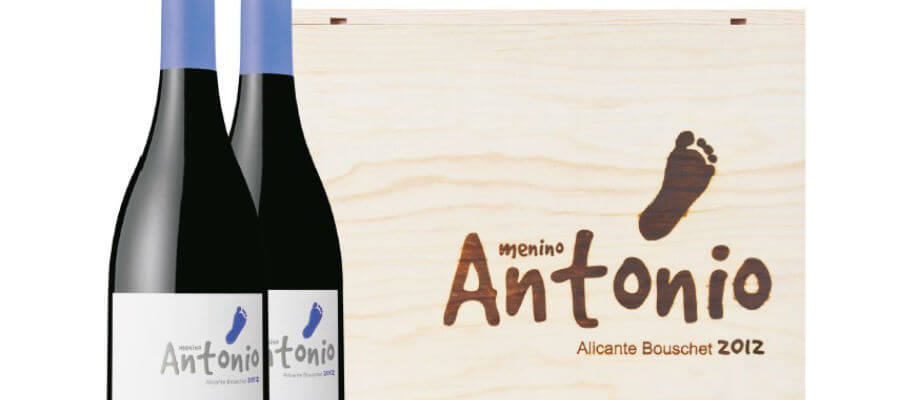
Menino António Alicante Bouschet 2012 – Photo Provided by Herdade da Malhadinha Nova | All Rights Reserved
With regard to the high-end wines, the Malhadinha white 2014 is one of the best examples of white wine from Alentejo and still appears young, very cohesive, complex, and refreshing, revealing the cask that wraps it with notes of citrus and some floral, a feeling of creaminess with quite a bit of elegance. On the mouth, the juicy fruit is very present, buttery notes convey a silky sensation although it still seems firm and fresh, and with a long and persistent finish. The cherry on top was Menino António Alicante Bouschet 2012, a wine that ticked all my boxes; a real colossal, still full of life ahead of it, but already revealing signs of elegance. For now, it fills the glass with aromas of fruits of the forest, highlighting red currant and blackberry, some plum wrapped in a light touch of dark chocolate and spices. The cask where it sat for 18 months conveys a light toast, as well as a hint of smoke, but the freshness takes control of this cohesive and very lively blend. Of good structure on the mouth, refreshing and very firm, it shows evident tannins, ripe fruit bursting with flavour and embraced by the wood and by a blend that still has a lot to live.
Contacts
Herdade da Malhadinha Nova
7800-601 Albernoa. Beja – Portugal
Tel: (+351) 284 965 210 / 211
E-mail: geral@malhadinhanova.pt
Website: www.malhadinhanova.pt




Leave a Reply